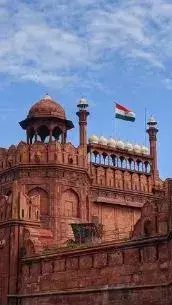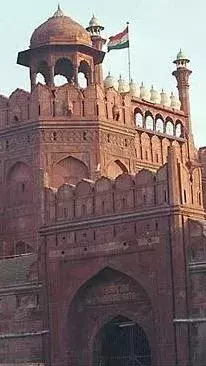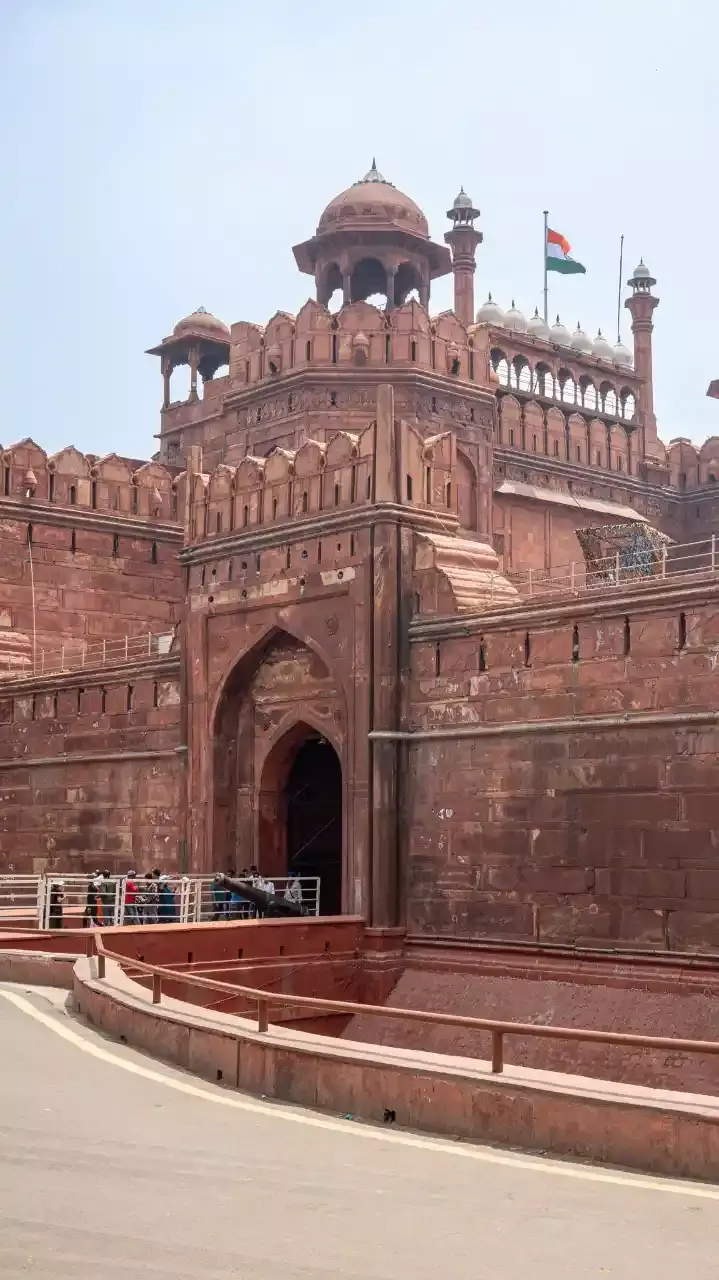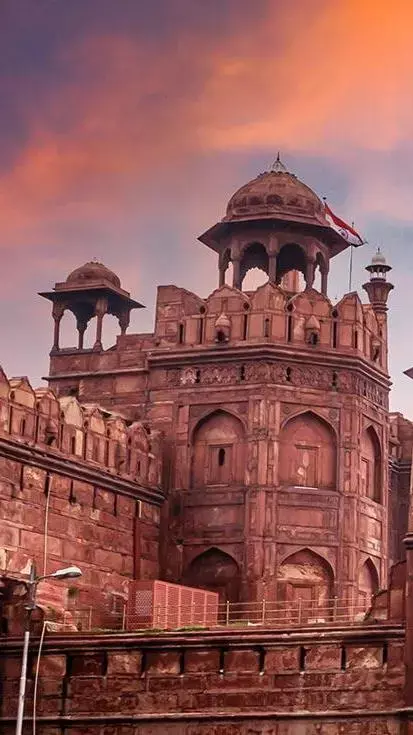
Exploring the Enigmatic Red Fort: 10 Lesser-Known Facts

The Red Fort was originally white. The British decided to paint it red because the white stone was starting to fade.

The fort was designed by the Mughal architect Ustad Ahmad Lahori, who also designed the Taj Mahal.

The layout of the fort, including its walls and various buildings, symbolically represents the high status and grandiosity of the Mughal Empire.
The Diwan-i-Am (Hall of Public Audience) was designed with a unique sound system where the acoustics allow the emperor's voice to be heard clearly by everyone present.
The fort had an elaborate system of water channels known as the "Nahr-i-Bihisht" (Stream of Paradise), which was used to cool the interiors during the hot summer months.
After the Indian Rebellion of 1857, the British occupied the fort and used it as a military camp until India gained independence in 1947.
Within the fort complex is the Moti Masjid (Pearl Mosque), which was a private mosque built by Emperor Aurangzeb for his personal use.
Every year on Independence Day (August 15th), the Prime Minister of India hoists the national flag and delivers a speech from the ramparts of the Red Fort.
The Red Fort was designated as a UNESCO World Heritage Site in 2007 for its cultural and historical significance.
The fort hosts a sound and light show every evening, which narrates the fort’s history and the events that took place there, providing visitors with an immersive historical experience.